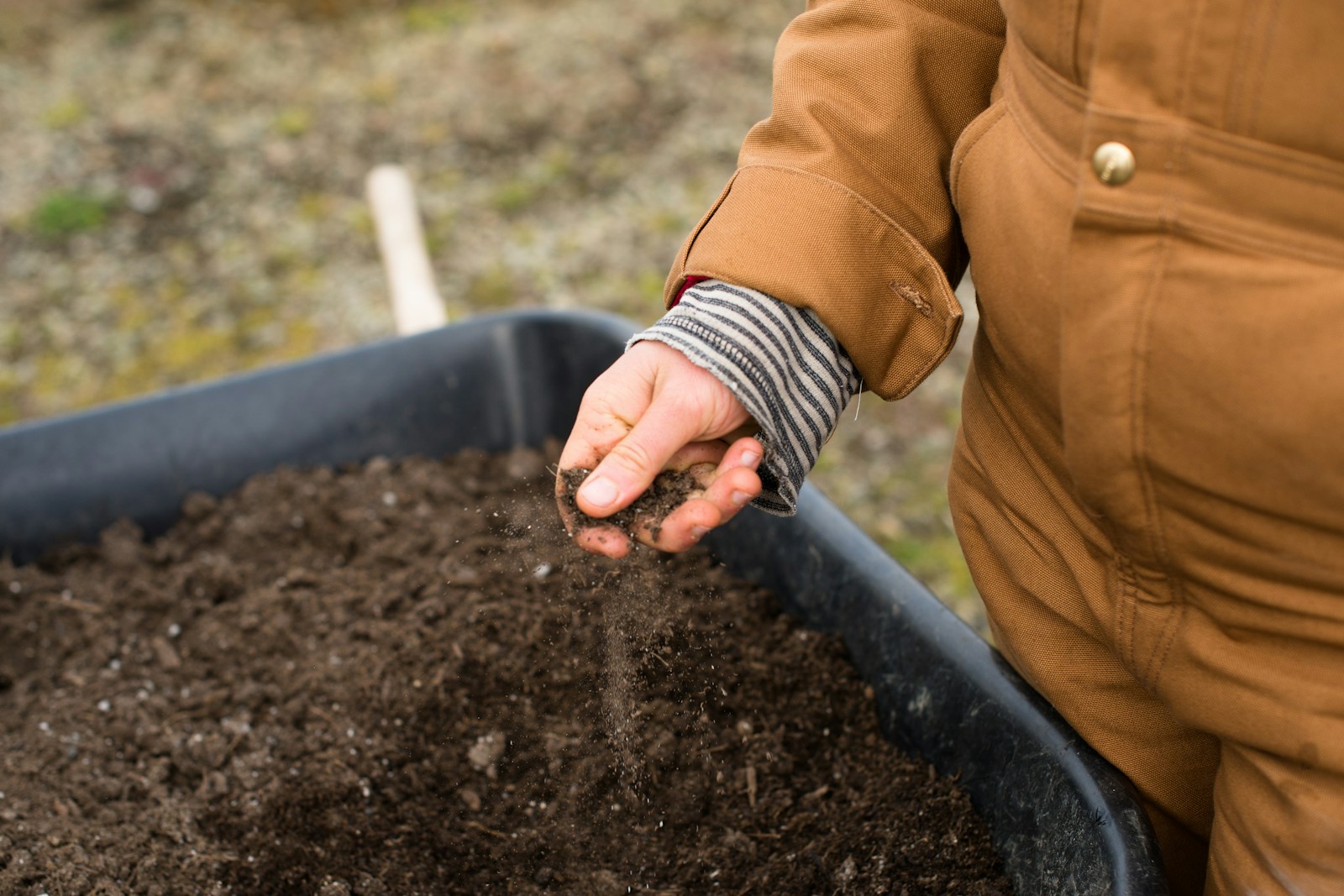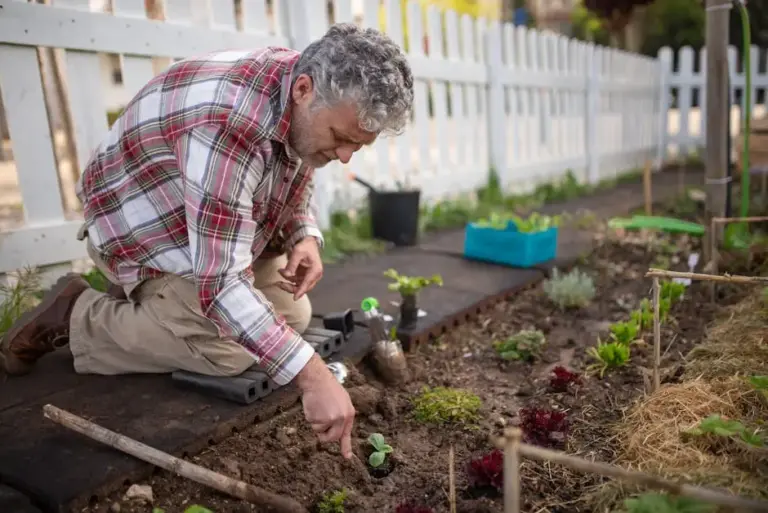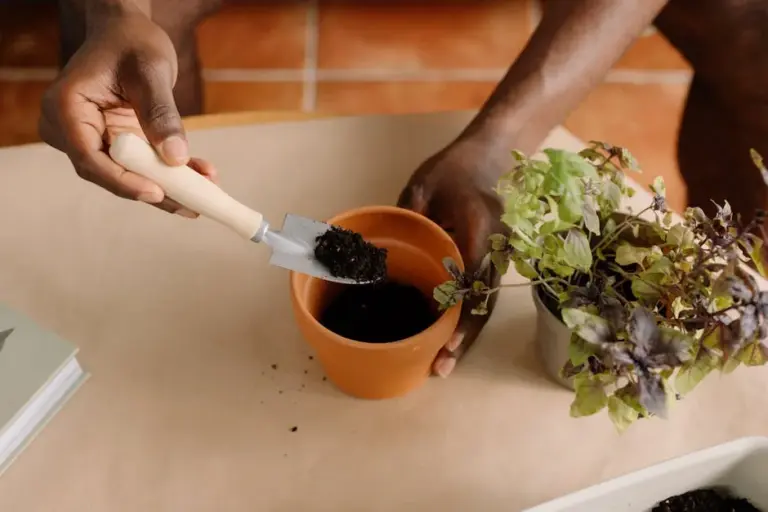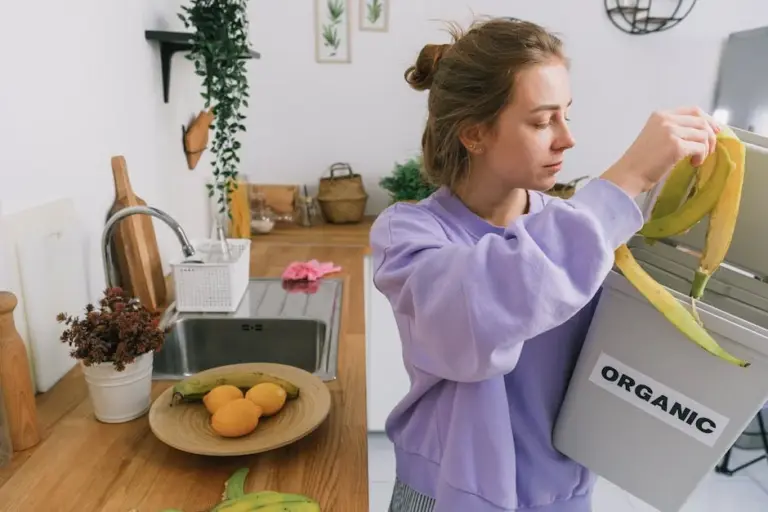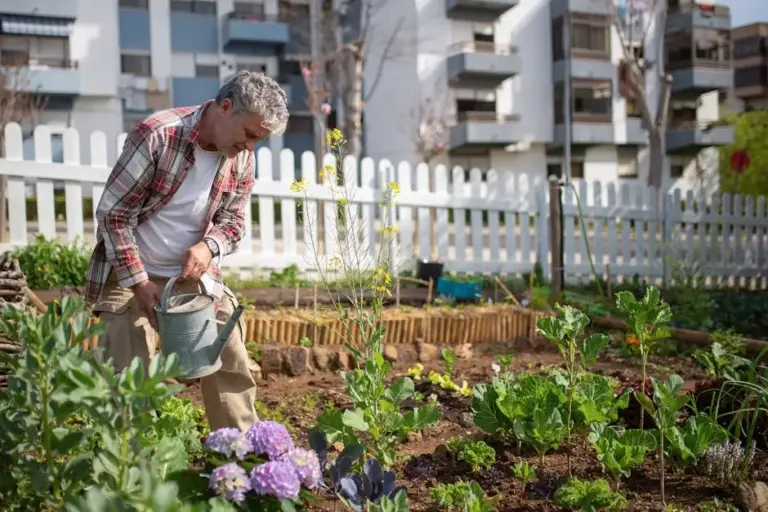Things First Time Gardeners Wish They Knew Before Buying Soil: Tips for a Thriving Garden
Starting a garden can feel both exciting and overwhelming, especially when you get to the part about soil. The choices seem endless and it is hard to know what really matters for your plants.
Soil quality makes a huge difference in how your garden grows. Picking the right one can save you time, money, and a lot of frustration.
Test your soil’s pH before buying to choose the right soil type

Before you buy new soil, it helps to know what you are working with already. Testing your soil’s pH shows if it is acidic, neutral, or alkaline.
You can do this at home with simple kits or even common household items like vinegar and baking soda. This lets you know what kind of amendments or soil you actually need.
Some plants love acidic soil, while others do better in neutral or alkaline conditions. Testing first can help you avoid wasting money on the wrong kind of soil.
Fall or early spring is a good time to check your soil’s pH. This gives you a head start on making any needed changes before planting.
For more tips on testing soil pH, see this guide on how to test your soil pH at home.
Invest in high-quality organic compost for better fertility

Good soil is the foundation of a healthy garden, and compost can take it to the next level. Adding organic compost gives your plants nutrients they need to grow strong.
Compost is made from things like kitchen scraps, leaves, and yard waste. It breaks down to feed the soil and helps it hold water better.
If your soil is sandy, compost helps lock in moisture. For heavy clay, it makes the soil lighter and easier to work with.
You do not have to buy compost every time. Making your own at home is a great way to recycle and build rich soil.
For ideas on organic compost and how it boosts soil health, you can visit this guide on the best organic compost for gardens.
Avoid soil with excessive sand that drains too quickly

Soil with too much sand lets water run off fast, leaving your plants thirsty. This can mean more time spent watering and still seeing wilted leaves.
Sandy soil also loses nutrients quickly as water washes them away. A balanced mix of sand, silt, and clay keeps things in check.
Adding compost can help sandy soil hold onto water and nutrients. Too much sand alone can make things worse, not better.
Choosing soil that holds water but still drains well will save you stress and help your plants thrive.
Look for soil rich in organic matter like leaf mold or aged manure

When looking at bags of soil, check if they have organic matter like leaf mold or aged manure. These natural materials make soil healthier and better for your plants.
Leaf mold, made from decomposed leaves, helps the soil hold moisture and adds good microbes. It is easy to make at home or find in some store-bought soils.
Aged manure is another great choice for nutrients. Fresh manure can be too strong, but aged manure is gentle and supports plant growth.
Choosing soil with these ingredients gives your plants a strong start and keeps your garden naturally healthy.
Beware of soil with added synthetic fertilizers if you prefer organic gardening

If you want to keep your garden organic, watch out for soil that already has synthetic fertilizers mixed in. These chemicals can disrupt the natural balance of your soil.
Synthetic fertilizers work quickly but can harm the helpful microbes that make your soil healthy. Over time, this can make your garden less sustainable.
Instead, pick soil without added chemicals and add your own compost or manure. This supports healthy soil life and keeps your garden growing strong.
If you want to learn more about how synthetic fertilizers affect soil life, see this detailed guide on the effects of synthetic fertilizers on soil health.
Choose soil that supports microbial life for healthier plants

The tiny organisms in your soil do a lot of work behind the scenes. Microbes break down organic material and make nutrients available for your plants.
Soils rich in compost or peat help feed these microbes. Adding mulch or planting cover crops also supports a lively soil community.
Healthy microbes help your garden use water better and keep nutrients cycling. Over time, this means less work and better results for you.
For more tips on boosting soil microbes to help your garden, check this guide on Soil Microbes – Boost Garden Health and Crop Yields.
Consider soil texture for your specific plants—loam is ideal for most

Soil texture is something many people overlook, but it makes a big difference. Some plants like sandy soil, others do better in clay, but loam is usually the best for most gardens.
Loam is a balanced mix of sand, silt, and clay. It holds water without getting soggy and lets roots breathe.
You can tell loam by its soft, crumbly feel. This texture helps roots spread and makes it easier for plants to get the nutrients and moisture they need.
If you want to learn more about loam soil benefits, visit this guide on what makes loam soil ideal for gardening and growth.
Check for soil that is free from pests and weed seeds
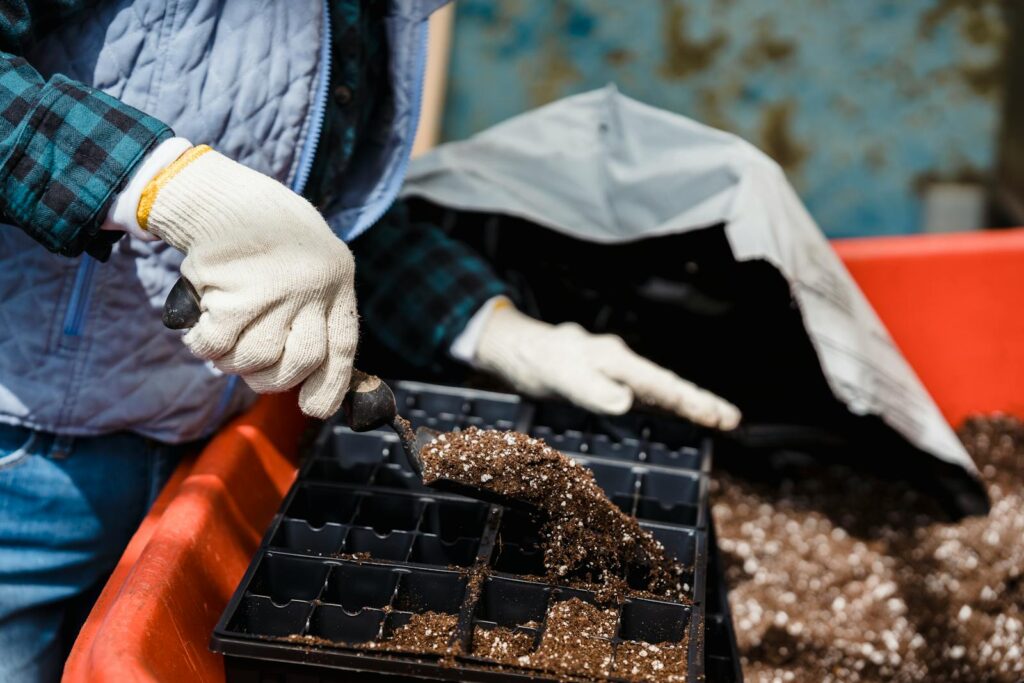
Nobody wants to bring home soil that is hiding pests or weed seeds. These can take over your garden before you know it.
Look for soil that is dark and crumbly, not dusty or full of debris. Trusted sellers can tell you if their soil has been treated to remove pests and seeds.
If you want to be extra careful, test a small amount at home. Check for insects or signs of bugs before using it in your garden.
Weed seeds can also be a problem, stealing nutrients from your plants. Inspect soil or mulch before adding it to your beds.
Buying from a source you trust helps keep your garden healthy from the start.
Buy soil that retains moisture well but doesn’t stay soggy
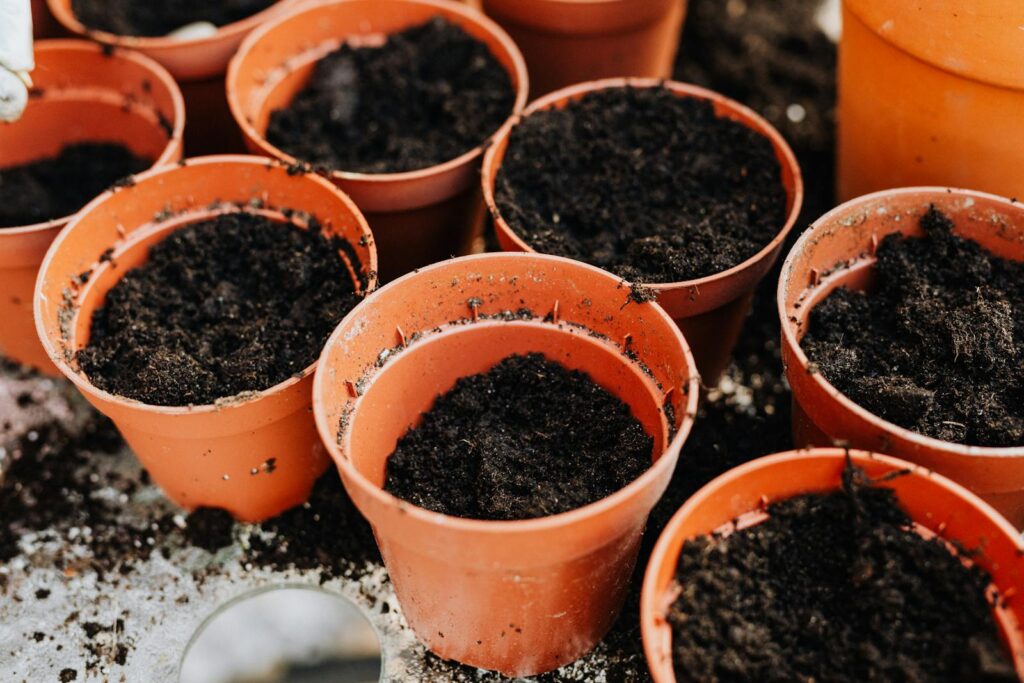
Finding soil that holds water but does not stay wet is key. Too much moisture can rot roots and hurt your plants.
A good soil mix drains extra water but keeps enough for steady growth. Loamy soil is often the easiest choice for this balance.
Adding peat moss or compost can help your soil hold the right amount of moisture. Regularly checking soil moisture keeps you from overwatering.
If you want more tips on choosing soil that holds moisture without getting soggy, check out this guide on how to keep soil moist but not soggy.
Start with smaller bags to test soil quality before bulk buying
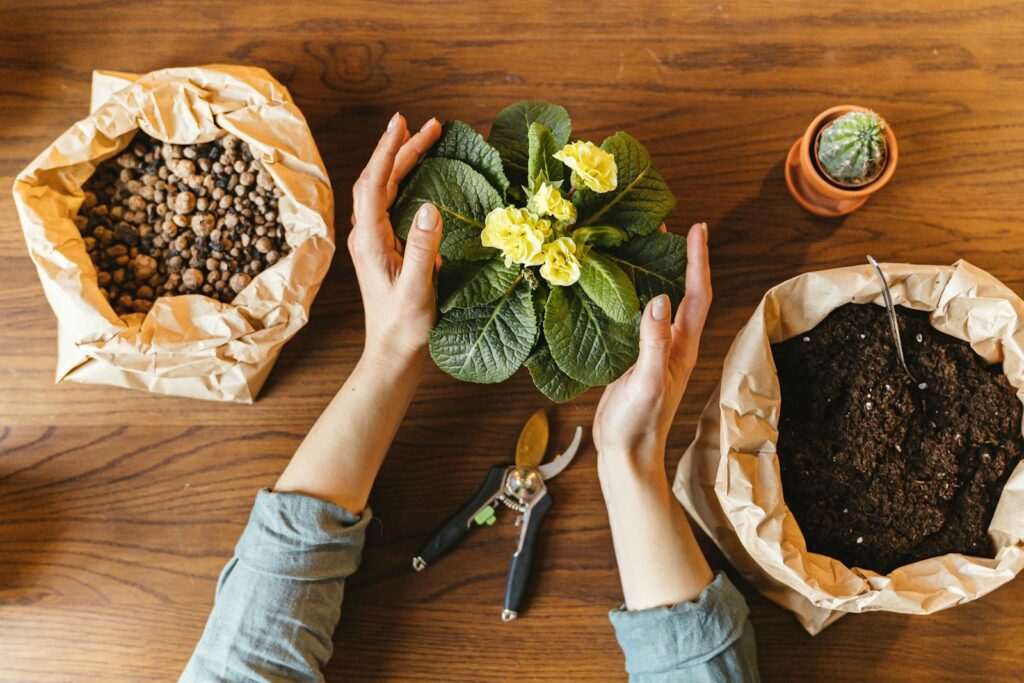
If you are new to gardening, buying smaller bags of soil first is a smart move. This lets you see how your plants respond before you commit to a big purchase.
Testing with small amounts helps you check drainage, texture, and nutrient levels. You can make sure the soil fits your garden’s needs.
Once you find a soil that works, buying in bulk can save money and reduce waste. Testing first helps you avoid costly mistakes.
If you want tips on what soil qualities to check, you can find helpful advice on buying soil for your garden.
How Soil Composition Affects Plant Health
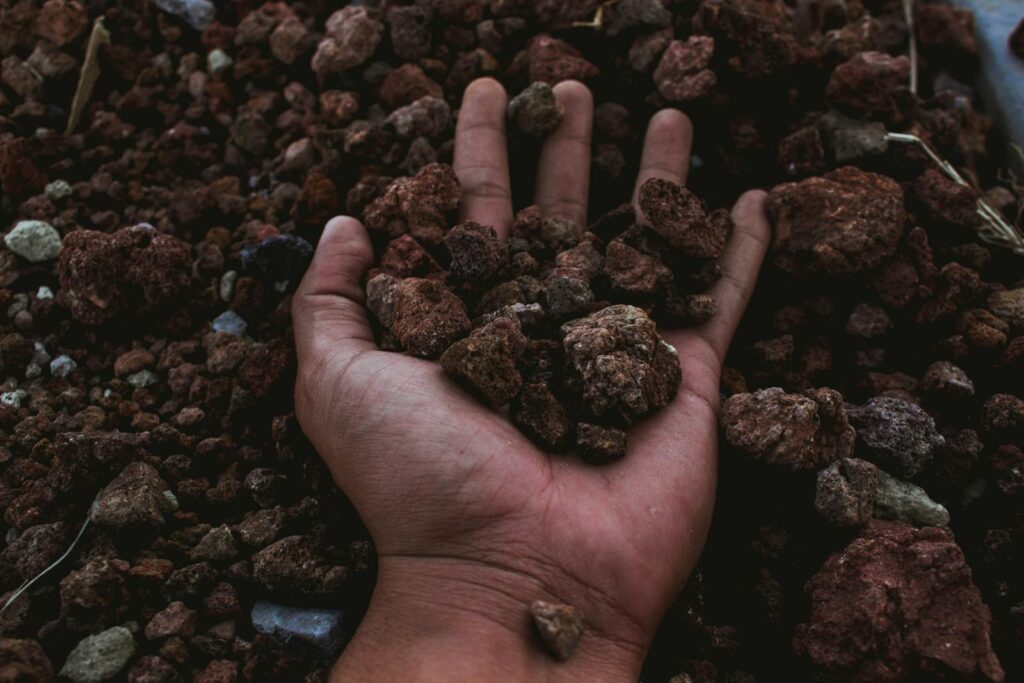
The soil you use shapes how your plants grow. Elements like soil type, nutrient balance, and organic matter all play a part in plant health.
Understanding Soil Types

Soil type is about the mix of sand, silt, and clay. Each type handles water differently.
Sandy soil drains fast but does not hold nutrients well. Clay keeps water but can get soggy and drown roots.
Loamy soil is a favorite because it balances water and drainage. Adding compost or sand can help improve your soil’s texture.
Testing your soil helps you know what changes to make for healthy roots and strong plants.
Importance of Nutrient Balance
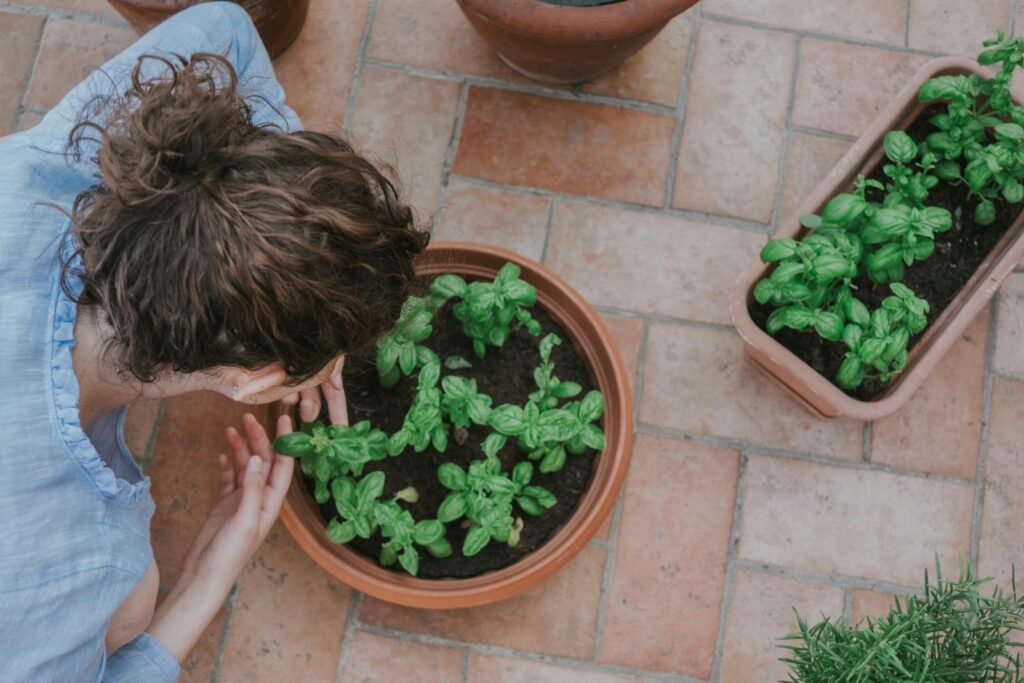
Plants need nutrients like nitrogen, phosphorus, and potassium to grow. If something is missing or out of balance, you might see yellow leaves or slow growth.
Testing your soil’s pH helps you know how well plants will absorb nutrients. You can add fertilizers or natural amendments as needed.
Keeping nutrients balanced gives your plants the energy they need to resist pests and produce flowers or fruit.
Role of Organic Matter
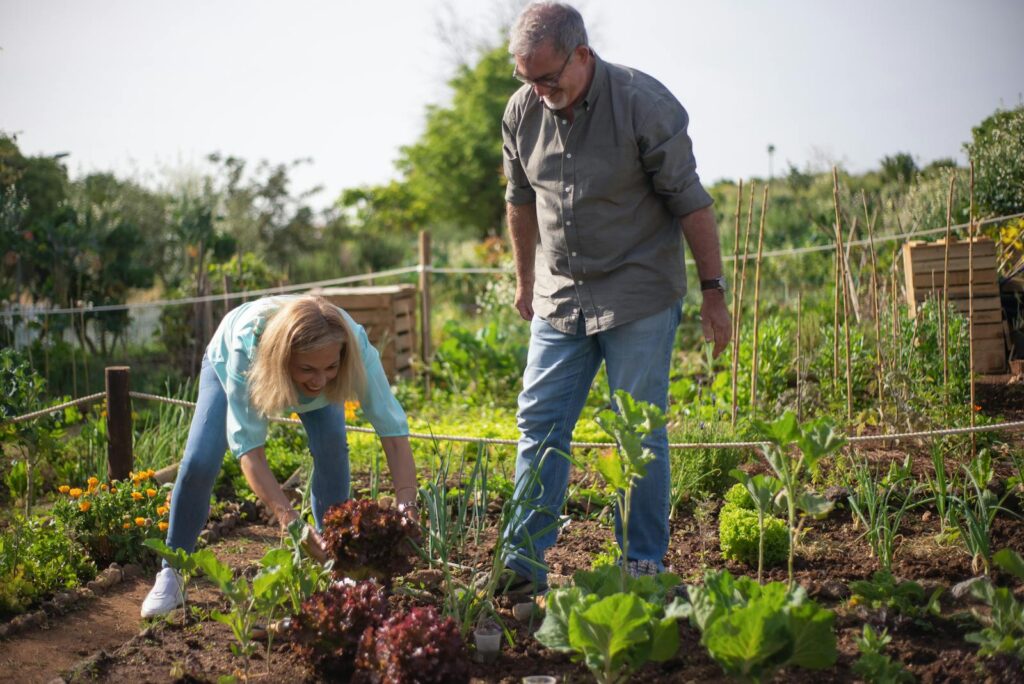
Organic matter comes from things like compost, manure, or leaf mold. It makes soil crumbly and loose, which helps roots grow and water flow.
It also feeds beneficial microbes that help plants get nutrients. Adding organic matter regularly keeps your soil healthy over time.
Compost or leaf mold can help sandy soils hold water and make clay soils less compact. A little effort here can help your whole garden thrive.
For more detail on easing your soil improvements, see practical tips for healthy soil in a home garden.
Common Misconceptions About Garden Soil
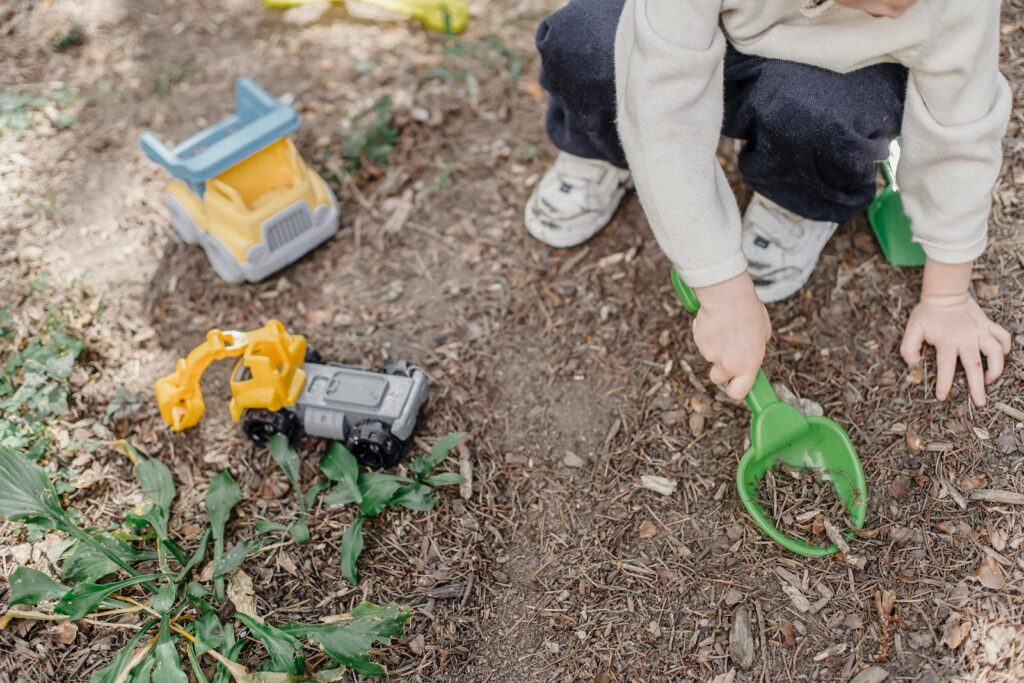
It is easy to get confused by all the advice out there about garden soil. Not everything you hear is true.
Understanding what soil really does and what your plants need helps you make better choices for your garden. Labels, fertilizer needs, and drainage are all worth learning about as you start your gardening journey.
The Truth About Bagged Soil Labels
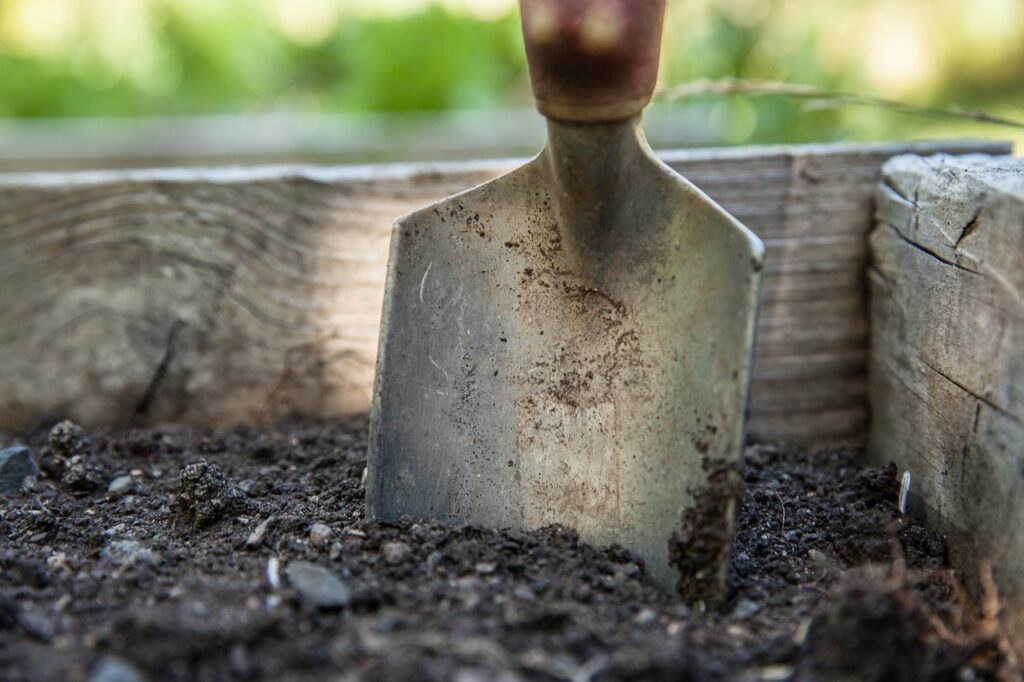
Ever stood in the garden center staring at shelves of bagged soil, wondering what all those labels actually mean? You are not alone.
Words like “all-purpose,” “potting mix,” and “garden soil” get tossed around a lot. Each one is made for a different use, and picking the wrong one can leave your plants struggling.
All-purpose soil sounds like it would work for everything, but it often does not have enough nutrients for veggies or flowers. Potting mix is lighter and drains well, which is great for containers but not for planting straight into your garden beds.
Take a closer look at the ingredient list on the bag. If you see peat moss, compost, or perlite, you will know whether the soil holds moisture or drains quickly.
Some bags labeled “garden soil” are really just topsoil fillers. These might not be the best choice for planting directly.
Debunking Fertilizer Myths

It is easy to assume that bagged soil has everything your plants need. That is not usually the case.
Most bagged soils are designed to support roots and hold water, not to feed your plants for the long haul. You will probably need to add fertilizer, especially if you are growing veggies or flowers.
Look for balanced fertilizers with nitrogen, phosphorus, and potassium, or choose blends made for your specific plants. Be careful not to overdo it, since too much fertilizer can actually hurt your plants.
Why Drainage Matters More Than You Think

Have you ever wondered why some plants just never seem to thrive, no matter how much you care for them? Sometimes, the answer is right under your feet.
Soil that holds too much water can suffocate roots and cause root rot. Clay soils tend to drain poorly, while sandy soils drain quickly but don’t hold enough water.
When shopping for soil, check for ingredients like perlite or sand to help with drainage. You can test your soil by watering it and seeing how quickly the water seeps through.
Well-draining soil helps plants grow stronger and makes it easier for them to fight off diseases.
For more tips on soil care and common misconceptions, check out this guide to debunking garden soil myths.

